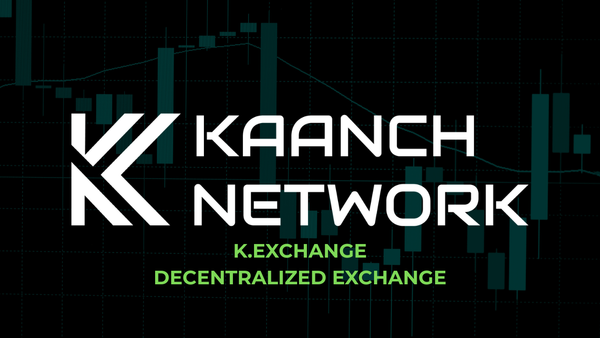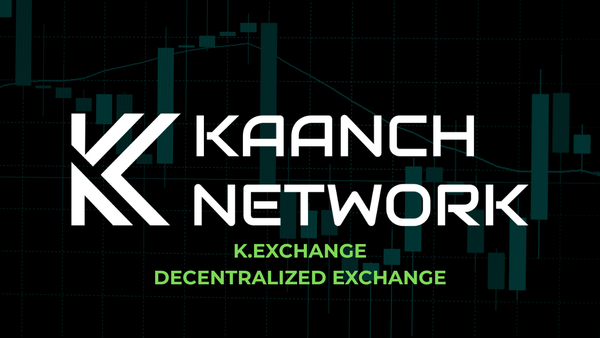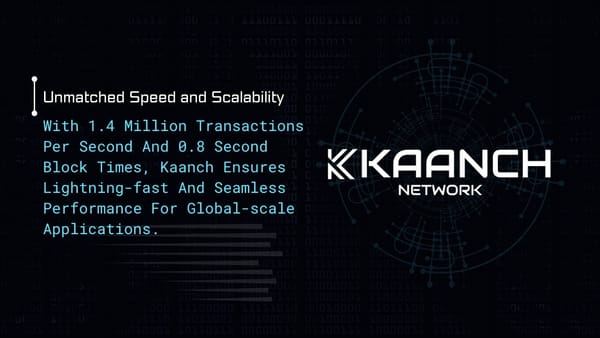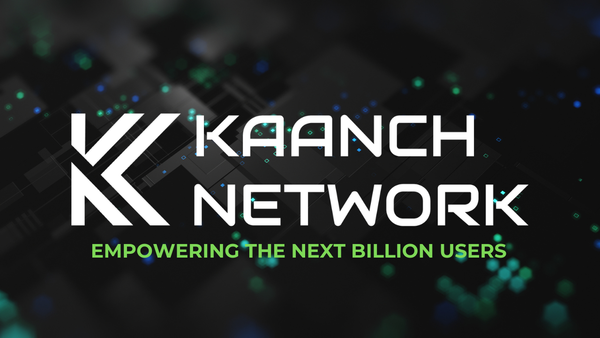DAO Governance Done Right: Empowering Users on Kaanch Network
Kaanch Network’s DAO governance, powered by Kaanch Hub (app.kaanch.com), empowers users to vote, manage tokens, and shape the network’s future. With transparency, decentralization, and user control, Kaanch sets a new benchmark for effective blockchain governance.
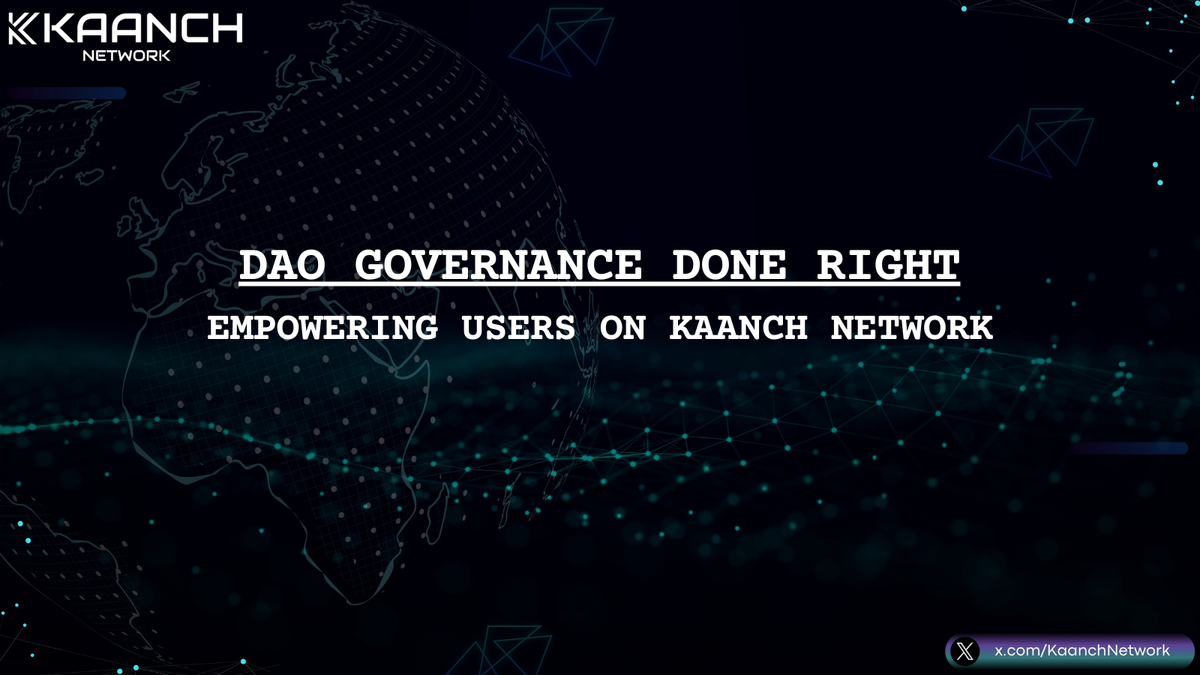
Decentralized Autonomous Organizations (DAOs) are transforming how communities and businesses make decisions in the blockchain space. At Kaanch Network, DAO governance isn’t just a feature—it’s the backbone of our mission to empower users. Through Kaanch Hub (app.kaanch.com), a comprehensive platform for managing all DAO-related activities, Kaanch Network ensures transparency, fairness, and user-driven control over key decisions.
This blog explores how Kaanch Network’s DAO governance model works and why it’s setting a new standard for decentralized decision-making.
What Is DAO Governance?
A DAO is a blockchain-based organization where decisions are made collectively by its members, without centralized leadership. Members vote on proposals, and outcomes are executed automatically through smart contracts.
Key aspects of DAO governance include:
- Transparency: Every decision and action is recorded on the blockchain.
- Decentralization: Power is distributed among token holders, ensuring no single entity has control.
- Autonomy: Smart contracts enforce decisions, removing the need for intermediaries.
How DAO Governance Works on Kaanch Network
Through Kaanch Hub, users gain access to a full suite of DAO tools for managing and interacting with the network. Here’s what makes Kaanch’s approach unique:
1. Voting on Key Proposals
Kaanch token holders can participate in decision-making by voting on proposals. Proposals may include:
- Protocol upgrades.
- Token burns or unlocks.
- Fund allocation for ecosystem development.
How It Works:
- A proposal is submitted on Kaanch Hub.
- Token holders vote using their tokens as voting power.
- Votes are tallied transparently on-chain, and the decision is executed automatically.
2. Token Management
Kaanch Hub allows users to create, burn, or unlock tokens without needing technical expertise. This democratizes access to token management and enhances user control over the network.
Features Include:
- Token Creation: Easily generate new tokens for projects or communities.
- Burn Tokens: Reduce token supply to increase scarcity and value.
- Unlock Tokens: Release tokens from smart contract locks when milestones are achieved.
3. Treasury Management
The community manages Kaanch Network’s treasury collectively. Users can vote on how funds are allocated to support ecosystem growth, development, and partnerships.
4. Automated Execution Through Smart Contracts
All DAO actions—whether voting outcomes or token management—are executed through smart contracts, ensuring:
- Transparency: Decisions are recorded immutably on the blockchain.
- Efficiency: Actions are carried out without delays or intermediaries.
Why Kaanch Hub Is a Game-Changer for DAO Governance
1. User-Friendly Interface
Kaanch Hub (app.kaanch.com) is designed to make DAO participation simple, even for non-technical users. The intuitive interface ensures:
- Easy proposal submission.
- Clear visualization of voting results.
- Seamless access to token tools.
2. Transparency and Trust
Every vote and transaction is recorded on Kaanch Network’s immutable ledger, ensuring that users can trust the system.
3. Empowering Community Control
By decentralizing decision-making, Kaanch empowers its users to shape the network’s future, ensuring that it aligns with the community’s vision and values.
Real-World Applications of DAO Governance on Kaanch
- Ecosystem Development
The community votes to allocate treasury funds for developer grants or new dApps on the network. - Tokenomics Adjustments
Through token burns or unlocks, users collectively manage the supply and distribution of Kaanch tokens. - Protocol Upgrades
Users vote on implementing new features or improving network functionality.
Visualizing DAO Governance on Kaanch Hub
DAO Workflow Diagram:
[Proposal Submission] --> [Community Voting on Kaanch Hub] --> [Smart Contract Execution]
↓ ↓ ↓
[Transparency] [Decentralization] [Immutable Results]
Example: Token Burn Proposal
- A user submits a proposal to burn 1 million Kaanch tokens.
- Token holders vote in favor or against.
- The smart contract executes the decision, reducing the token supply if approved.
Why DAO Governance Matters for Blockchain’s Future
DAO governance ensures that blockchain networks remain:
- Transparent: All decisions are open to public scrutiny.
- Decentralized: Power is distributed across the community.
- User-Driven: Stakeholders have a direct say in the network’s development.
Kaanch Network’s implementation of DAO governance through Kaanch Hub sets a new standard by making participation easy, transparent, and effective.
Conclusion: The Future of DAO Governance with Kaanch
With Kaanch Hub, Kaanch Network empowers its users to take control of their blockchain ecosystem. From voting and treasury management to token creation and burning, every aspect of governance is designed to be user-friendly, secure, and transparent.
If you’re ready to experience DAO governance done right, explore Kaanch Hub at app.kaanch.com and become an active participant in shaping the future of Kaanch Network.

